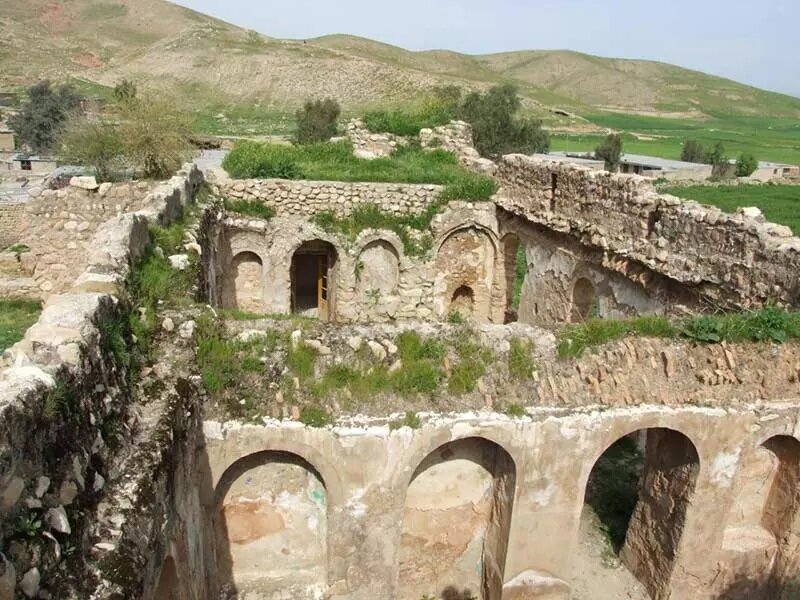Seymareh: a gem of cultural heritage in western Iran

TEHRAN - Seymareh is a treasure trove of ancient cultures in Ilam province, western Iran.
It was once the summer capital of Elamites, a pre-Iranian civilization dating from 2700 to 539 BC. The city also enjoyed centuries of prosperity during the Sassanid era (224 CE–651).
Historical accounts describe Seymareh as a flourishing city fortified with two strongholds, which tragically became abandoned approximately 1,000 years ago. Many historians attribute its destruction to a catastrophic earthquake.
According to Visit Iran, the first recorded exploration of Seymareh was conducted by Sir Henry Rawlinson in 1836, during which he identified the site as a Sassanian settlement.
Later, in 1891, French archaeologist Jacques de Morgan supported the connection between Seymareh and the Elamite city of Madakto. In 1936, the British explorer Aurel Stein also conducted investigations, further affirming the city’s historical importance.
Today, the ruins of Seymareh span an impressive 120 hectares, making it the largest archaeological site in western Iran. Among its prominent features is Tappe Pamil, the city's highest point, which dates back to the Sassanian era but was devastated by an earthquake. Scattered across the site are remnants of Sassanian architecture, including bridges, buildings, fortresses, and other ruins that reveal the city’s grandeur.
The ancient city is situated in Seymareh Valley, south of the Seymareh River and north of the towering Kabirkuh Mountains.
Later archaeological discoveries
Modern excavations have uncovered numerous artifacts and structures across the ancient city. In 2005 (1384 SH), archaeologists discovered 246 relics and structures spanning periods from the Neolithic era to later historical epochs. Further explorations in 2010 (1389 SH) revealed an additional 30-hectare section of the city, now known as Barzghavaleh, where evidence of another earthquake was found.
Another key area, Shahneshin Sikan, covering 20 hectares, contains artifacts from the Achaemenid to Sassanian dynasties. Other notable sections include Yuzhandar II, Tappe Tappe, Dej-e Chubineh, and Cham Nemesht, which features a fascinating Chahartaq (a domed architectural structure). The Tappe Ghal-eh Gol (Gholagol) site, with the remnants of 12 surrounding towers, offers further insight into the city's defensive and ceremonial architecture.
Cultural significance
Artifacts such as hand-crafted pottery and tools unearthed from the ruins reveal the artistic and practical ingenuity of Seymareh’s ancient inhabitants.
These finds, combined with the architectural marvels, attest to the city’s strategic, cultural, and economic significance during its time.
A destination worth exploring
Today, Seymareh serves as both an archaeological treasure and a travel destination, drawing visitors interested in Iran’s ancient civilizations.
The blend of history, legend, and natural beauty in the Seymareh Valley makes this site a remarkable window into the past. For enthusiasts of ancient history, Seymareh is a must-visit location that provides a profound connection to the Elamite, Achaemenid, and Sassanian eras.
AM
